RockNDock
Designer: RockDoc
Project Time: 1-8 hours
Project Complexity: Hobbyist
Project Cost: $100-$500
Driver Selection
The specs for the Dayton Audio RS100-4 (#295-378) 4″ full-range driver have always intrigued me: relatively flat response, high Xmax, and compatibility with small ported enclosures. Initially I was going to use only a pair of full range drivers, until my first listening impressions, during which I decided to add a small tweeter to help with the high-end. I chose the Dayton Audio ND16FA-6 5/8″ dome neodymium tweeter (#275-025) because of its small size and great reviews. I selected Dayton Audio’s DTA-2 (#300-385) amplifier module for the power.
Enclosure Design
I knew this wasn’t going to be a 2 lb. “pocket boombox,” so I had a little wiggle room. I modeled the woofers and came up with 0.15 cu. ft. for each, with a 1″ diameter by 4″ long port (#260-470) that tuned the enclosure to about 55 Hz. The center compartment is just large enough for a 12V, 7 Ah sealed lead acid battery. The amplifier is mounted to the ceiling of this compartment. The volume control plate on the front was drilled for the volume knob and LED light.
Amplifier/Crossover Configuration
I wasn’t concerned with reference-quality playback, just good listenable sound that would still make people take notice. The crossover for this was very quick and painless, a simple second order high-pass for the tweeter centered at 8 kHz. The only tweaking I did was for the tweeter padding and I ended up with about 1 dB of tweeter attenuation.
Enclosure Assembly
I wanted the amplifier and battery in the center, so the overall exterior dimensions ended up being 17″ wide, 6″ high, and 10″ deep using 3/4″ MDF for the front and rear and 1/2″ for everything else. I used what I had laying around; I’m sure 1/2″ would be fine for everything. Everything was glued and brad-nailed for quick assembly. I finished the cabinet in two coats of Duratex (available at www.acrytech.com) using a foam roller for the first coat and a textured roller for the finish coat.
Conclusion
I am very impressed with this boombox. The output capability is what surprised me the most, as it seems to have plenty of dynamic headroom. The bass extension is amazing as well, considering the enclosure’s size. With a 12V, 7 Ah SLA battery, I have had 8 + hours of continuous playback at relatively high volume levels with no power loss issues. I’m sure it will play at least twice this long, but I just haven’t had the system on long enough to test it. If you love music and enjoy doing things where a 110V receptacle is not always an option, this is a great project for you.
About The Designer
Matt Phillips has been an audio enthusiast for many years. His fascination with cutting-edge products and concepts has been strong ever since the beginning of his speaker building hobby. Building on experience gained from working at Parts Express, he continues to explore new concepts and applications. Matt’s other interests include woodworking, toying with RC cars, drumming for his local church’s praise band, and going to the shooting range.
Project Parts List
|
Part # |
Description |
Qty |
|
295-378 |
1 |
|
|
262-306 |
1 |
|
|
275-025 |
1 |
|
|
248-8784 |
1 |
|
|
262-328 |
1 |
|
|
240-211 |
1 |
|
|
027-415 |
1 |
|
|
255-026 |
1 |
|
|
015-1 |
1 |
|
|
300-385 |
1 |
|
|
260-470 |
1 |
|
|
100-118 |
1 |
|
|
140-366 |
1 |

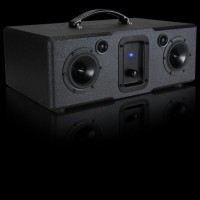
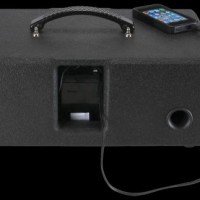
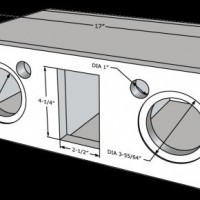
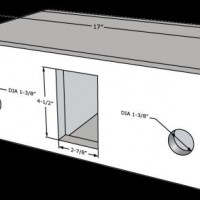
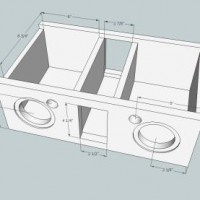
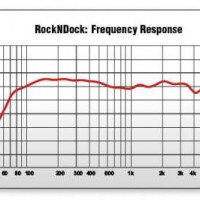

Hi I’m interested in building your speaker. I’m wondering if the crossovers go inside the battery inclosure or the speaker chamber? Thanks